The content of this piece is a voice-dictated script originally intended a video. But as I did not take sufficient photographs and videos this leaves a blog as the best option for documentary. If you are interested in my other videos, check out the interrail playlist on my YouTube channel.
Without further ado, let’s begin!
After 5 legs across 5 European nations, I’ve come to my sixth out of seventh stop, Berlin. So not the sixth country, but still a city I was very much looking forward to nonetheless.
Since I’ve stayed in the city six days, I felt like I could do something slightly different in this video. In fact, given that I’ve visited various landmarks and museums related to modern German history, I think this puts me in a good position to attempt to structure my journal according to the key events of this period, all the way from the the third Reich to the millennium. I must admit, that I’m no historian, and many parts of this is inspired by content which I’ve re learnt during the walking tour, so I apologise for any naïve interpretations or generalisations in advance.
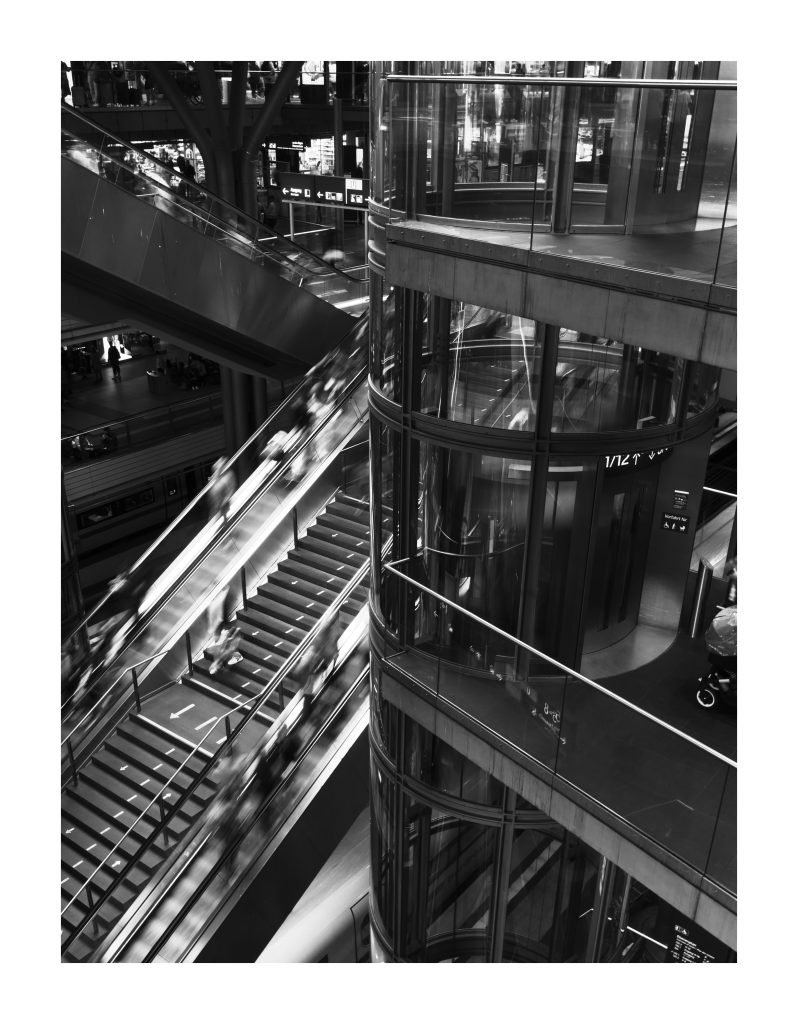
Reichstag
Our journey starts with the Reichstag building or Parliament near the long standing Berlin City Gate Brandenburg Tor, which is the centre stage of politics from the Prussian Empire times to the Weimar Republic, then the Nazi Third Reich, and today a unified Germany. The building itself has 4 corner towers, which represents the 4 german kingdoms unified during the Prussian Empire. This is obviously a very victorious symbol of the empire’s prosperity at the time. When 1933 came, the Reichstag was set on fire, which triggered a state of emergency and have rise to Hitler’s absolute power, essentially enabling him to pass laws without parliamentary oversight and eliminate his political opponents.
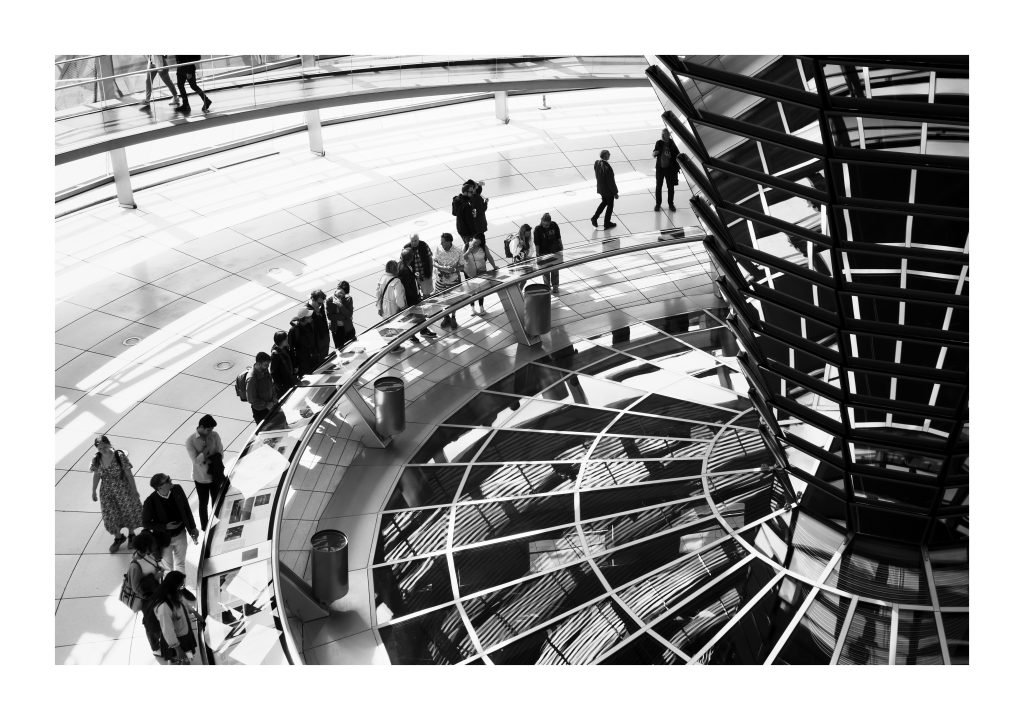
Later, the building was destroyed again, but as Germany reunified they refurbished the building and added a glass dome, which was designed by British Architect Norman Fosters. So besides giving tourists a nice panoramic view of the city, the glass dome offers a view of the parliament, which symbolises the transparency of today’s government.
To me, it’s intriguing how the building has once hoisted a Prussian Flag, then a Nazi Flag, and today a flag for unified Germany. It is also impressive how timeless the design of the building is, reflecting today’s values of liberty and democracy while staying true to Germany’s historical roots!
Anyways, after the night of the broken glass or Kristallnacht in 1938, this was the first time Hitler’s antisemitism or anti-Jew actions started operating at a state level, such that Jews were oppressed systematically. They were publicly harassed on streets, banned for serving customers of the Aryan race, and in general stripped of their freedoms and rights in all aspects of society.
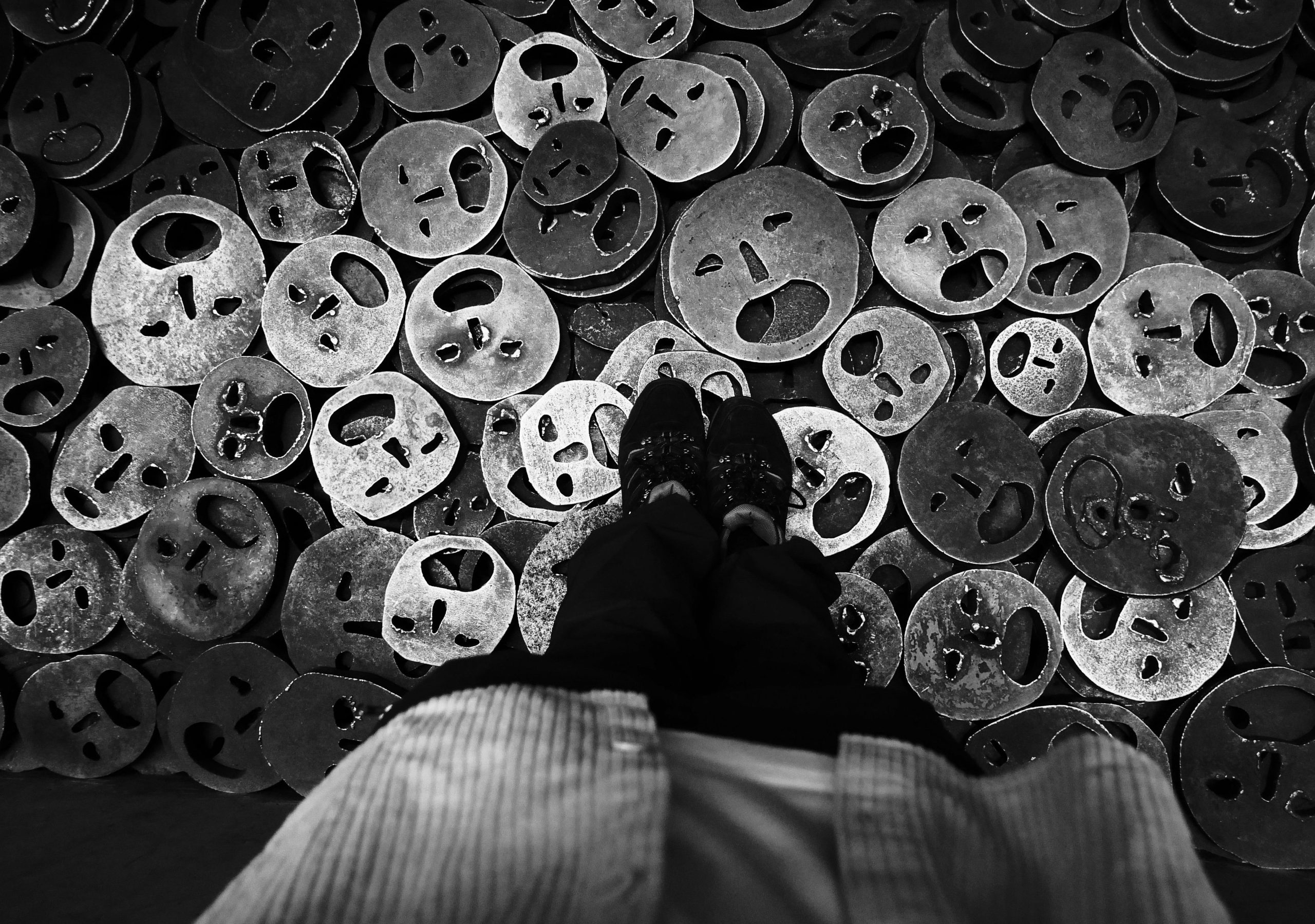
Jewish Museum
This was explored at a much greater degree of detail at the Jewish Museum, and in fact the museum explores many parts of Jewish history and customs, such as their ancestral history, the way the Torah and the scriptures has shaped their way of living, and the many challenges they have faced over the centuries. To me, the most intriguing, and perhaps the saddest part, is that while they have been alienated by many sections of society due to their very different and conservative ways of living, they have also been actively attacked by Christians. While this is largely not true anymore today, I find this very hard to comprehend.
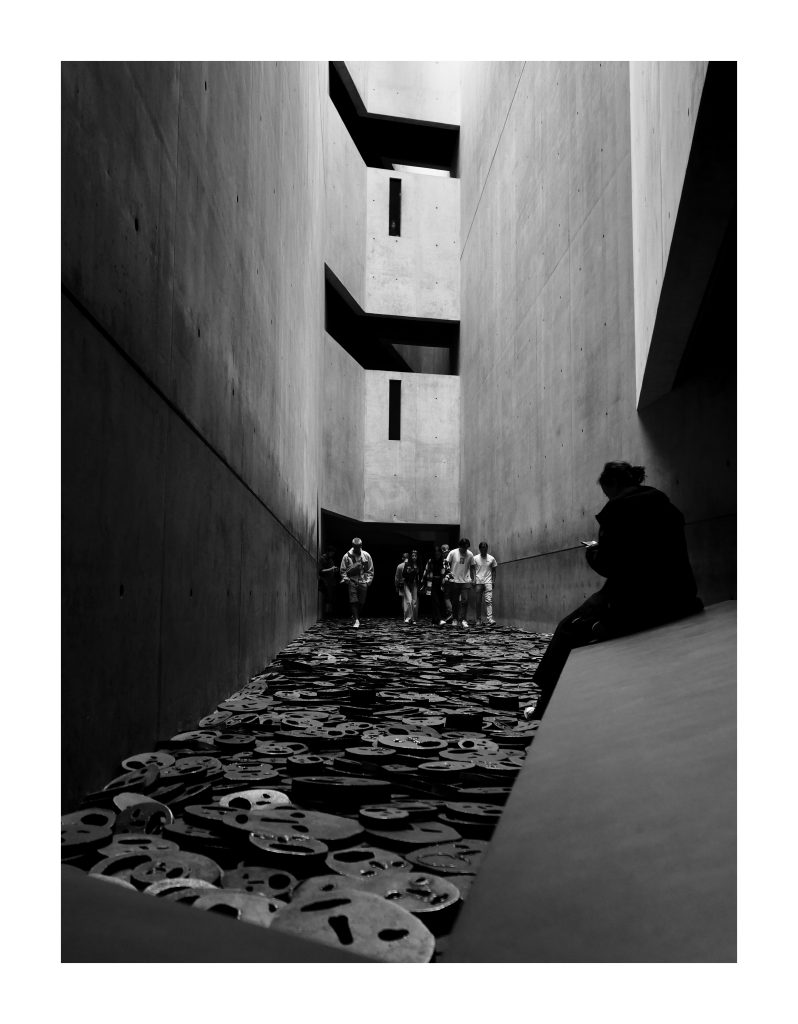
The anger, loneliness and grief faced by this population is then conveyed via a number of artistic exhibits in the museum, such as a dark echoey chamber with only a hint of light from a slit in the ceiling, a hall filled with round metallic pieces depicting expressions of grief and anger, and an outdoor garden with many tall metallic columns, which almost resembles tombstones.
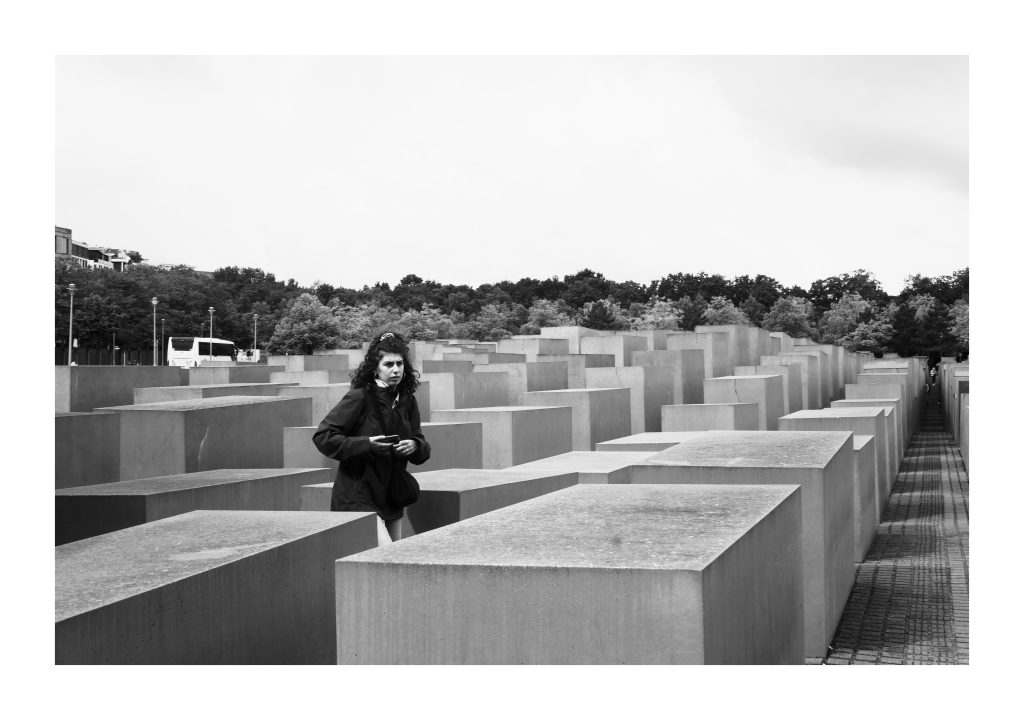
Memorial of the murdered Jews
This is also very similar to the Memorial of the murdered Jews, a block away from Brandenburg Gate, which pays tributes to the many Jews who have died during the Holoucast or in the third reich. In fact, while not explicitly presented to people visiting the memorial, the wavy terrain and the longer rectangular shape of the marble blocks resemble coffins more than tombstones. In summary, having seen both the artistic exhibits at the Jewish museum and the memorial, I’ve come to appreciate the power of abstract art in evoking complex emotions, especially in the pretext of historical events like the Holoucast.
Fast forward to the end of the second world war and Hitler realises that he is losing the war. The bunker he stayed at is ironically very close to the Memorial of the murdered Jews. Frantically he and his wife Eva decided to suicide before the Red Army arrived at his bunker. They arrived and found what remained of his incinerated bodies and shipped his body back to Moscow, and circulated to rumour that he must have escaped to Argentina or some South American nation and lived in exile with an anonymous identity. For a very long time I subscribed to the conspiracy that Hitler might have escaped to Argentina or some South American country though it now makes sense — that the Soviets wanted to confuse the West and stay a step ahead of them. I believe his ashes must have been further incinerated and spread in the sea, so that neo-Nazi’s are not given a historical site or object to worship towards. This perhaps explains the voids of Hitler or the Nazi’s historical remains in the city.
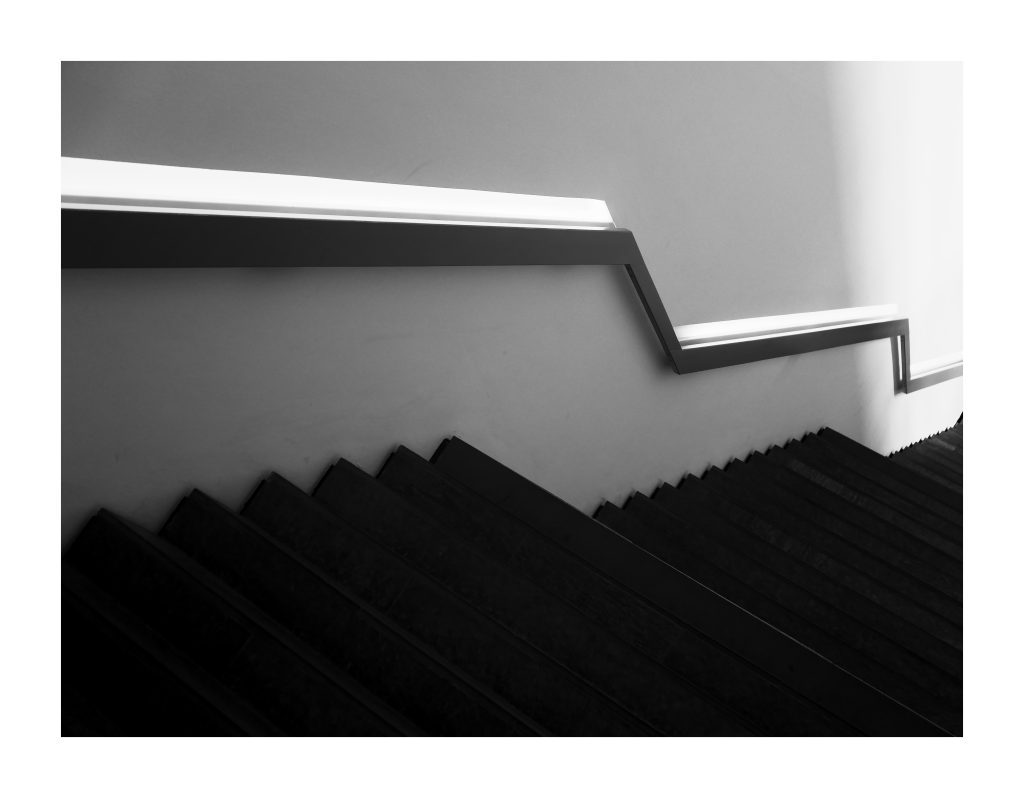
With this rumour settled once and for all (or not), I would like to bring your attention to post war Germany, where the Allied Powers, that is the United Kingdom, France, United States and the USSR, worked together to decide on how to divide and rule Germany. As a result Germany was split into two, where the west ruled West Germany and the USSR ruled the East. Berlin, the capital city, though located in East Germany, was also divided among the Allied Powers, similarly resulting in West and East Berlin.
Life in East Germany or the DDR was hard, and though there were benefits like free education and social welfare, the economic divide was obviously growing and leading to discontentment among East Berliners. Furthermore, citizens of the DDR were subject to communist ideologies that most never really subscribed to, and they had restricted freedoms and access to the international community — for example, most were only able to travel to Eastern Bloc Countries. I learnt quite a lot about the livelihood of citizens under DDR ruling at the DDR museum — though I personally think the museum is a rather underwhelming and crowded place so I wouldn’t really recommend going there.
Tempelhof airport
On the other side, that is the west side of the border, Tempelhof airport tells the story of a different problem- which is resource security. As a result of West Berlin being physically separated from the rest of West Germany, resource transport links to the isolated region were halted. This prompted the construction of several airports within West Berlin to facilitate the great airlift, wher by the Americans transported resources to the region by air. An interesting tidbit was that American soldiers would drop candies for children before landing, hence the planes were nicknamed candy bombers. Today, as a result of German reunification, there is no need for 4 airports, and Tempelhof Airport is a decommissioned one.
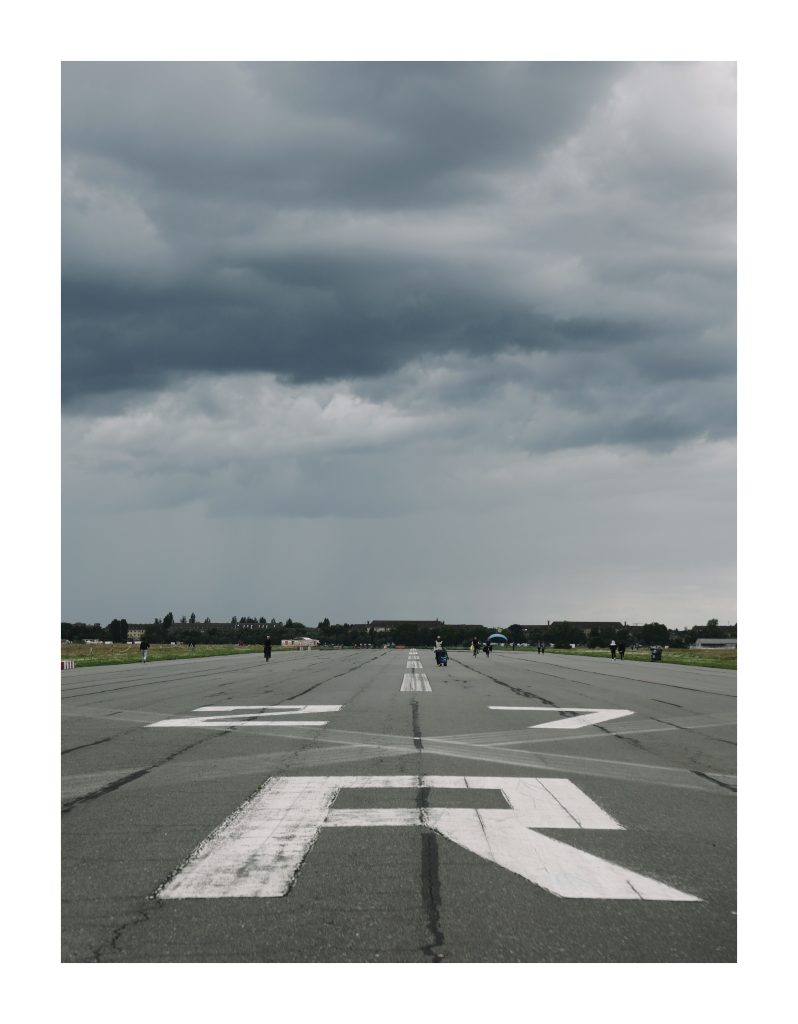
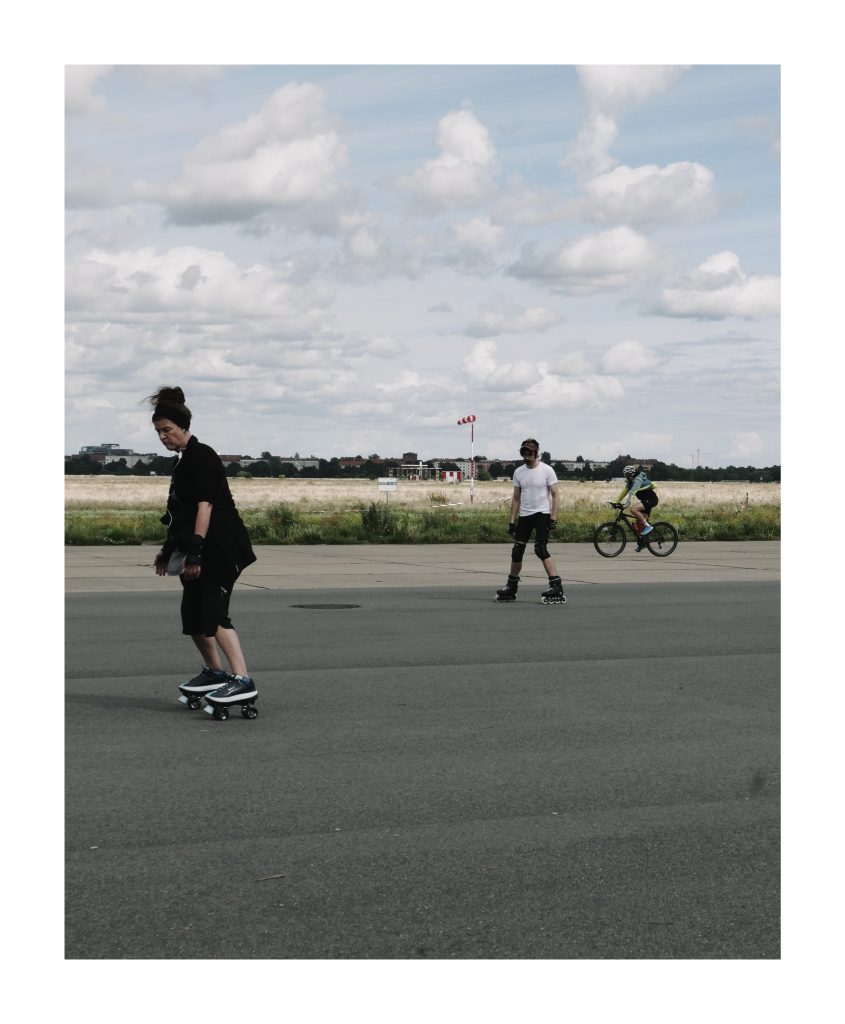
I took the opportunity to skate along this airport, which was one of the more unique experiences of the trip. Along the runways and taxiways, there are numerous skaters practising tricks or simply strolling around as beginners, as well as wind-surfers who were windsurfing with their large sails — except they were skate-boarders windsurfing on land! This is only possible because of the vast open space of the airport, which allows high wind speeds to develop. These winds might be good for windsurfing or airplanes taking off, but when skating against the wind its so strong as if I’m skating backwards!
Before I move on, I must give a final mention to a pair of Chinese ladies who offered numerous spring rolls, fried chicken and prawn cake to me for basically nothing, as I only had £2 (not Euros!) in cash — they were however elated to meet a tourist who spoke mandarin and a currency they were happy to take as a souvenir!
Hamburg Miniatur Wunderland
While West and East Berlin were split, there were initially no physiclal borders separating them. This prompted nearly 2 million East Germans to fled to the West initially after the division of the territories. As a result, without any prior signal the DDR built a barbed wire fence surrounding west Berlin, effectively separating the two countries.
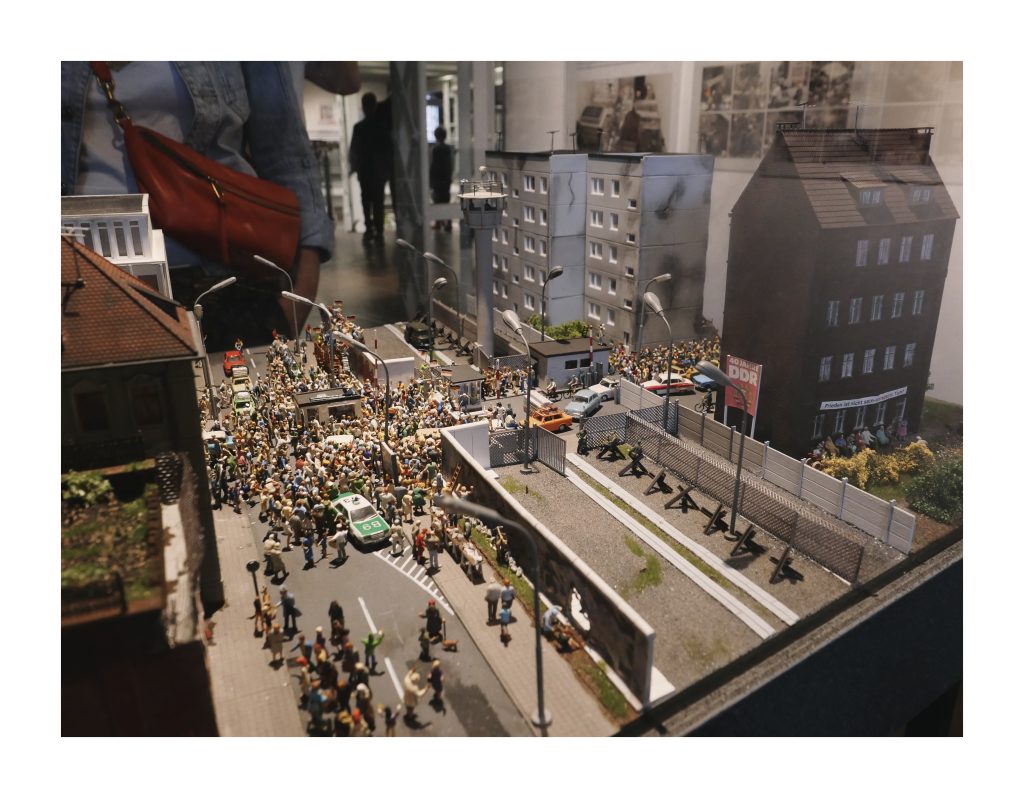
It took a while for it to evolve into an actual wall, and the model exhibit at the Miniatur Wunderland in Hamburg gives an idea of the change of the border over the years, from a barbed wire to a simple wall, and eventually a heavily guarded double wall with a horrifying death strip.
Checkpoint Charlie
During the split, one of the key points of crossings between east and west Berlin was Checkpoint Charlie, where the Americans and Soviet Union confronted each other during a conflict, which has almost led to a third world war; in history, the mutual retreat made by both parties marked the start of the Cold War and the Arms race. Personally, other than the two signs on the crossing which are actually replicas, there’s not much left of the original surroundings — so I think it’s more of a tourist honeypot.
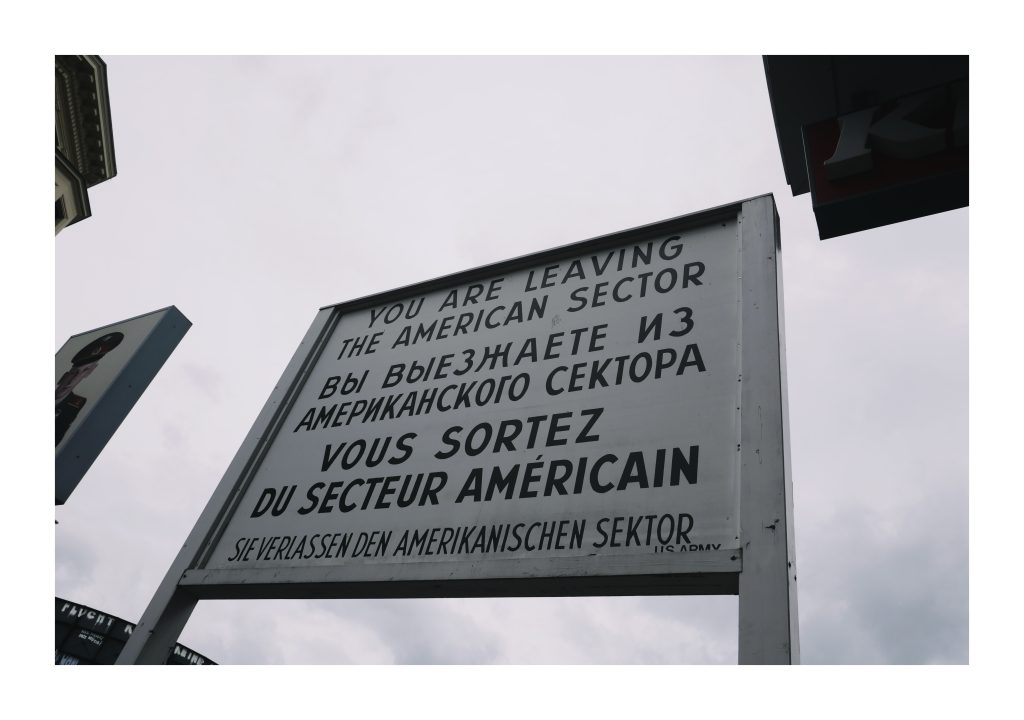
Friederich Straße TrallenPalasse
An arguably more important point of crossing is Friederich Straße train station, which was later used as a crossing for civilians — more specifically any citizens of the western world and East Berlin elites who were authorised to travel abroad. Today, you will not be able to tell the split that used to exist at the station, considering that it’s such an important train station where so much traffic goes through. What instead remains, is a customs control hall that was used for entering and exiting the DDR, which is now repurposed as a small museum called the Palace of Tears or TrallenPalasse. This museum contains the border officer booths and inspection offices that were used by the DDR, as well as a number of photographs, exhibits and testimonies of things that used to happen here. There’s stories about shop staff who used to work there, East Berliners who were harassed on their way to West Berlin, and other experiences about crossings with illegal passports.
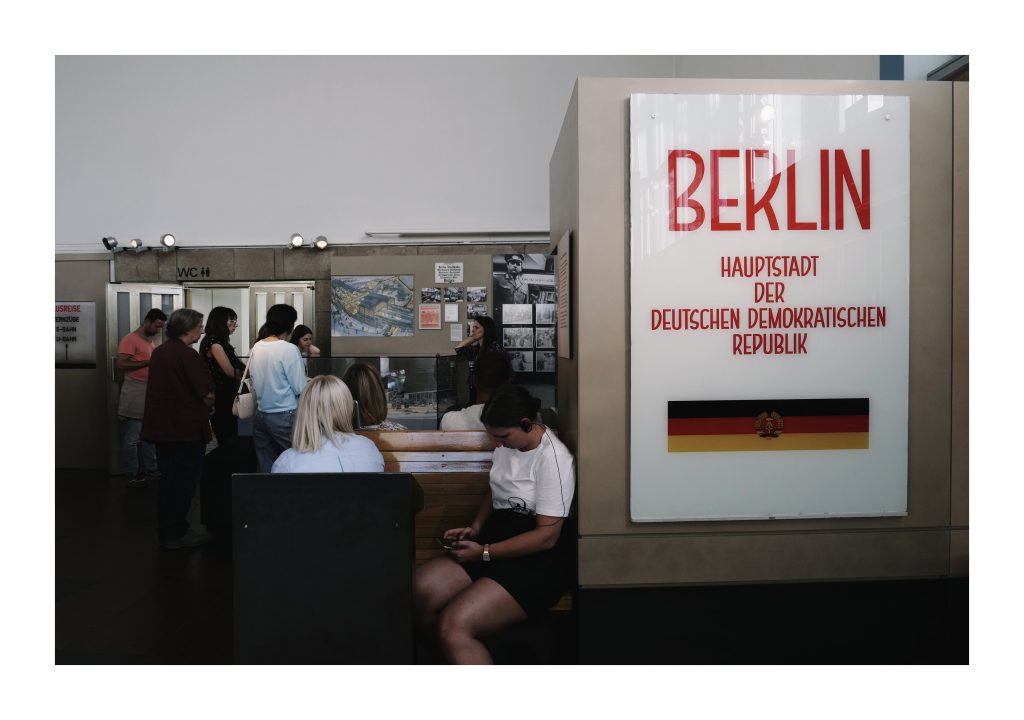
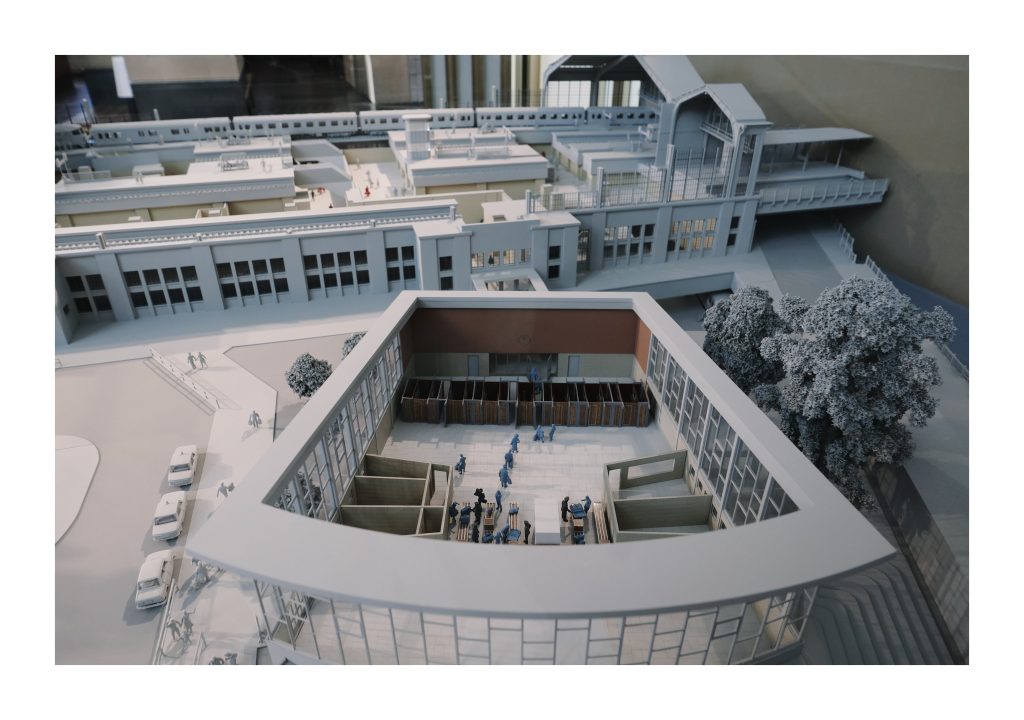
Considering that this museum is the original building that retains objects from the DDR era, I think it is heavily underrated. I should also mention that it is free!
East side gallery
As common sense dawned upon the German people, the wall eventually come down. A number of artists from across the world came to paint murals on a remaining segment of the wall, now known as the East side gallery.
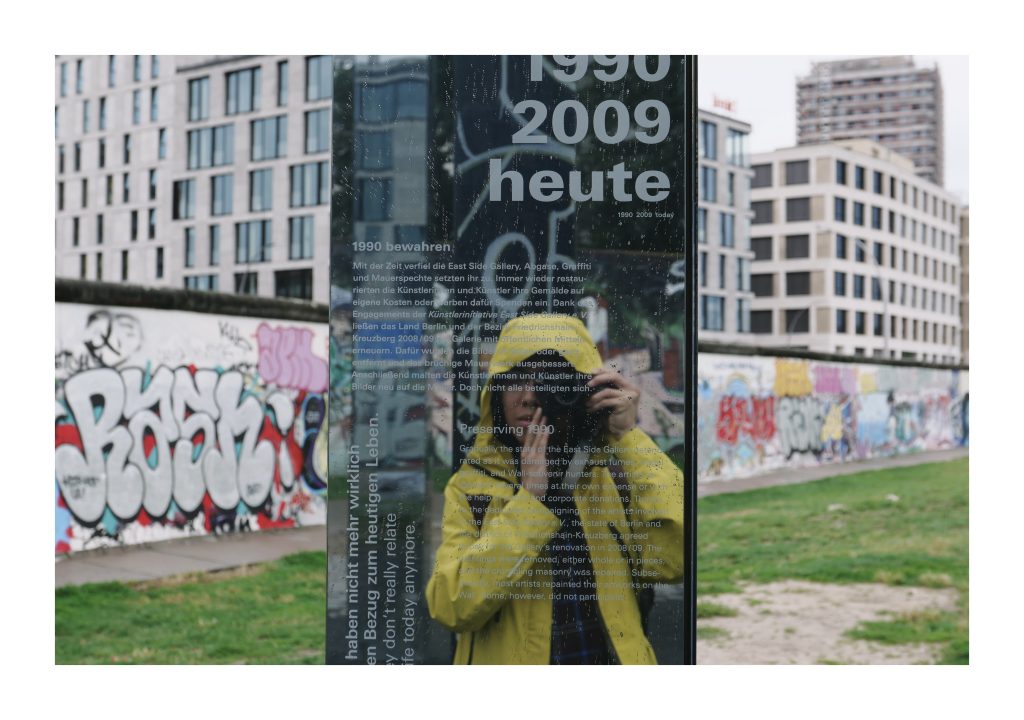
The best known mural of all is of course the Fraternal Kiss mural, which is the kiss between the USSR and GDR general secretaries. There are of course many satirical murals along the wall, and my favourite, or the one that I find the most inspiring of all, is the one named “It happened in November” which depicts thousands of people with different emotions flow from east to west. Though I think its supposed to be a largely positive illustrative recount of an event that should be celebrated, for me it’s also jarring how the two walls are positioned parallel to each other, as if its a number of bodies piled on the death strip. So this makes the meaning of the painting a lot more complex and powerful — as if these people have overcome the death strip, and by translation, death.
All in all, this pretty much sums up my video of Berlin. There’s many other places I have visited, such as the Twin Churches which represent the religious conflicts in the 18th century, and Potsdam, a picturesque city that houses many beautiful palaces and parks which reflect ideas of the Enlightenment period. But for the sake of keeping this video focused and manageable in terms of duration, I’ve decided to exclude things that fall beyond the scope of the Third Reich and the Cold War. I will perhaps incude these in a future blog.
Afterall, if we consider the reunification that happened 30 years ago, Berlin is a pretty young city which is full of vitality, with plenty for any traveller to explore. I hope you’ve enjoyed my recount, and in German, Danke, und Tchuss (Thank you and goodbye)!
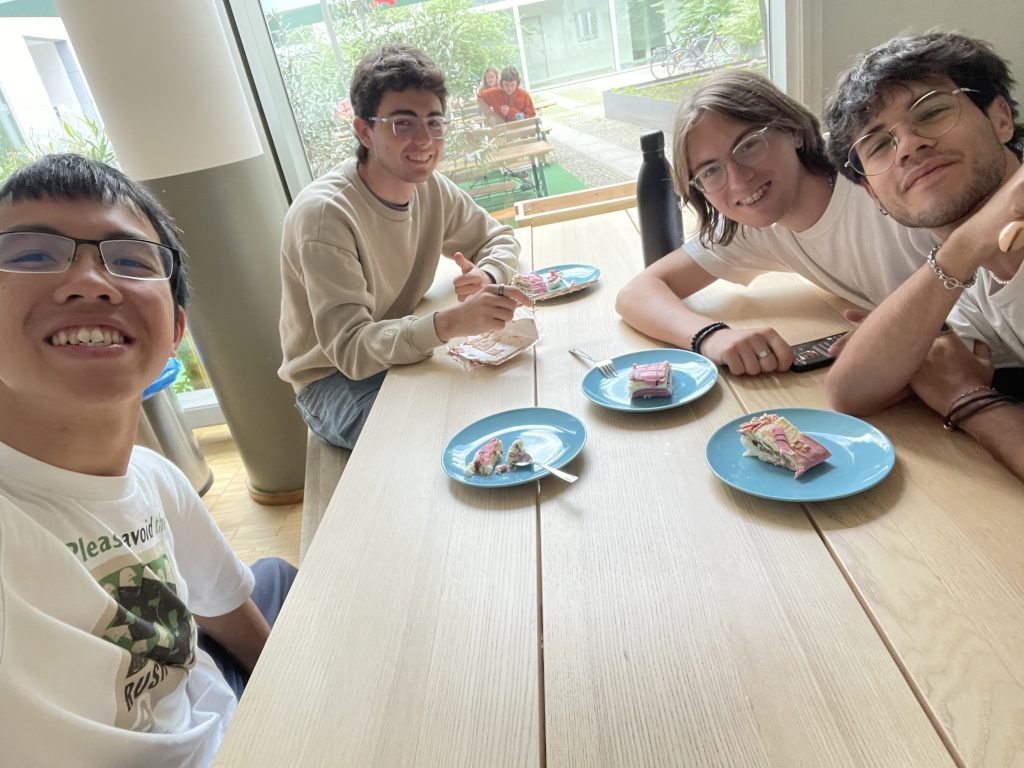
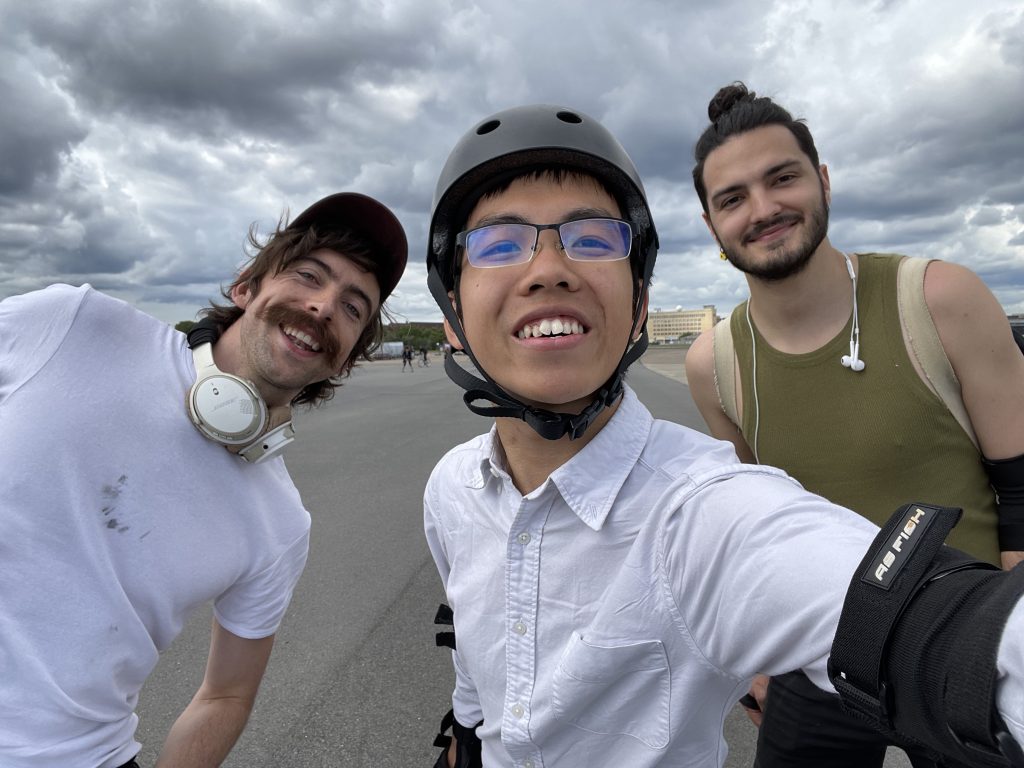
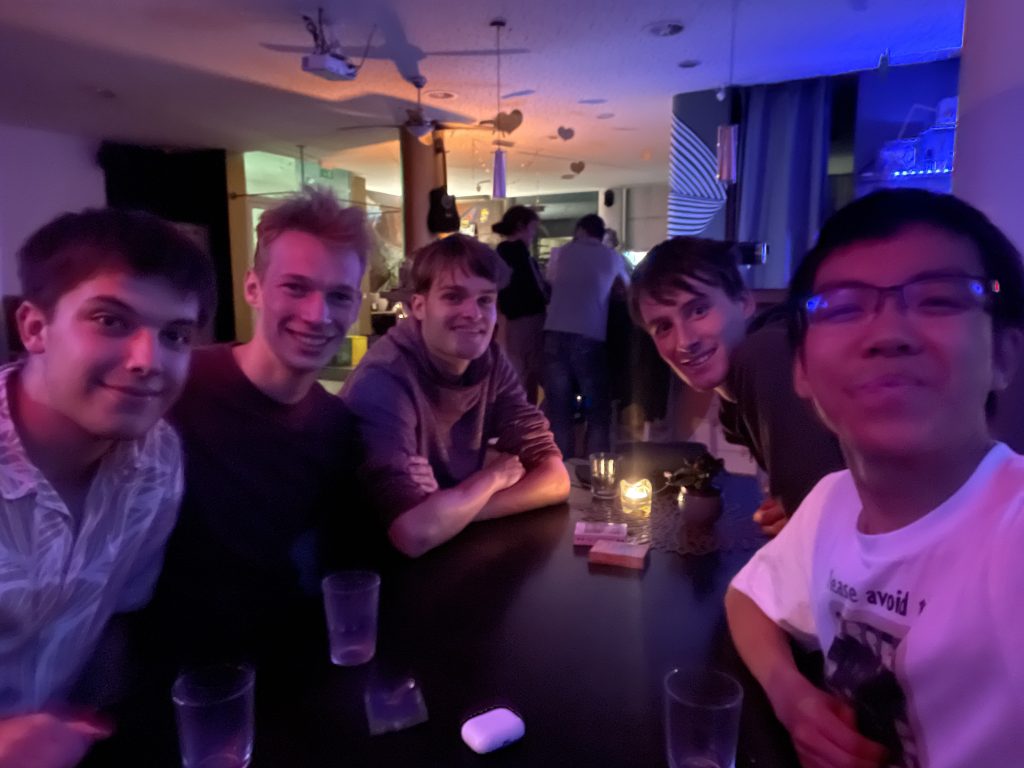
Leave a Reply